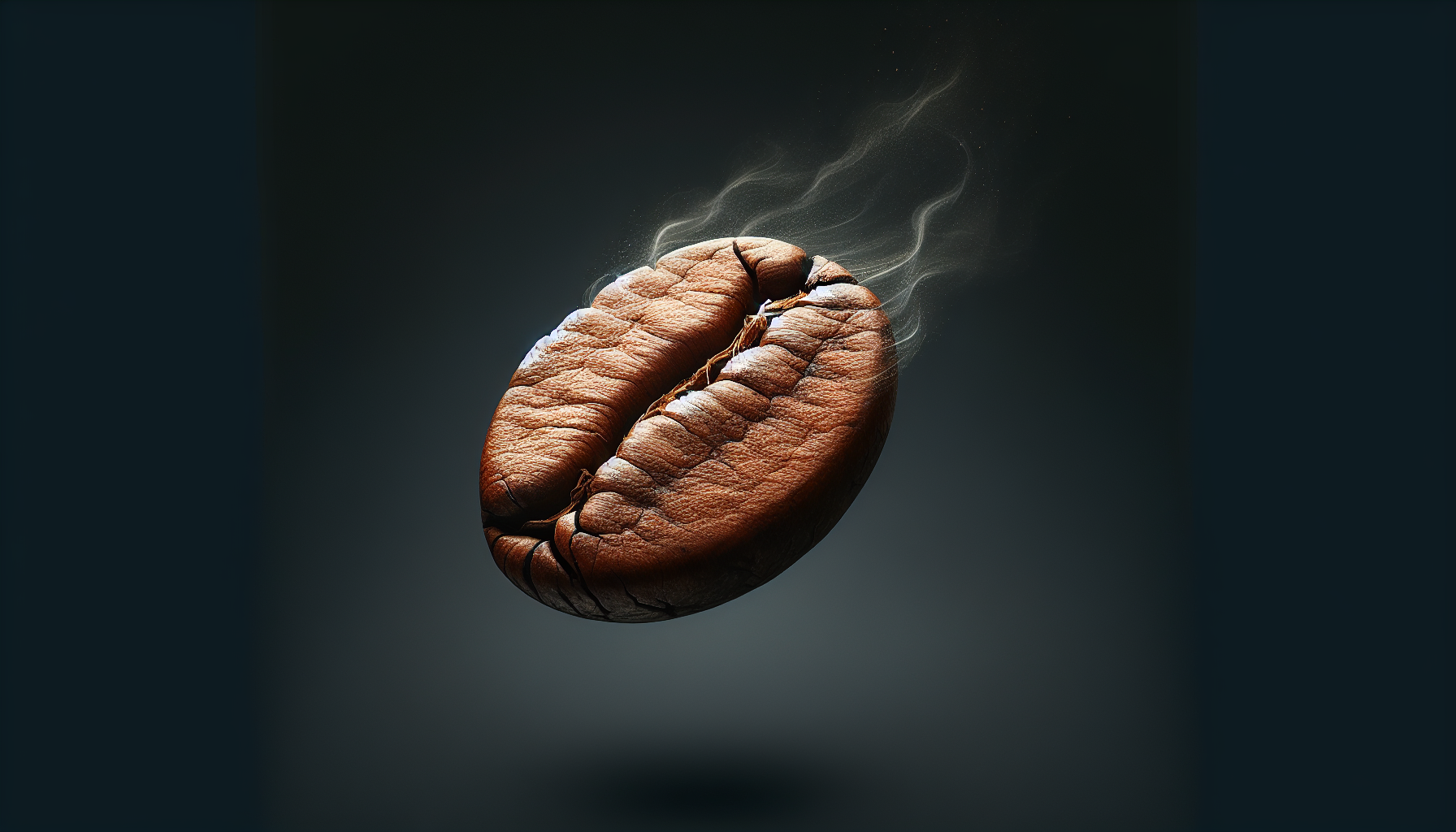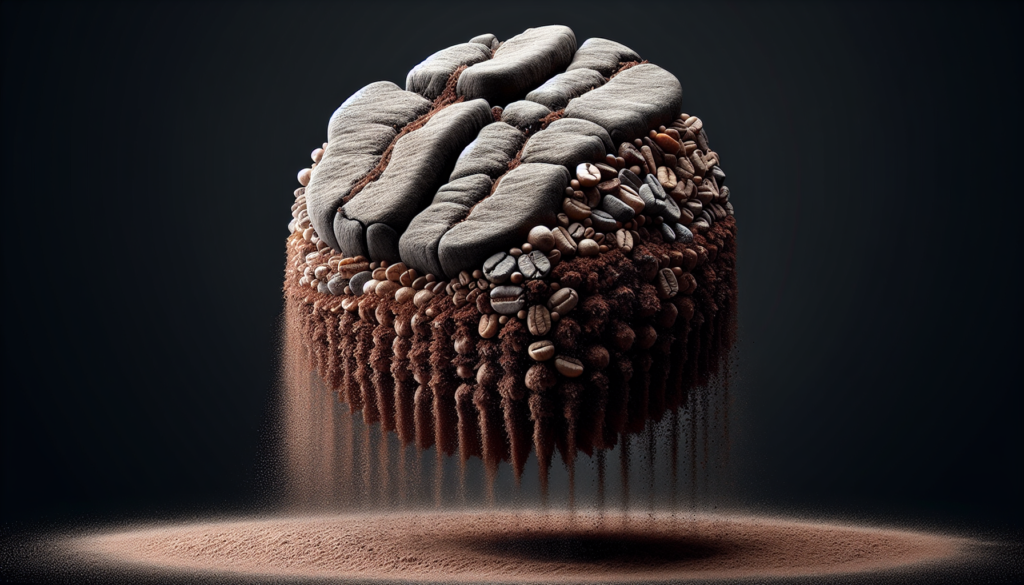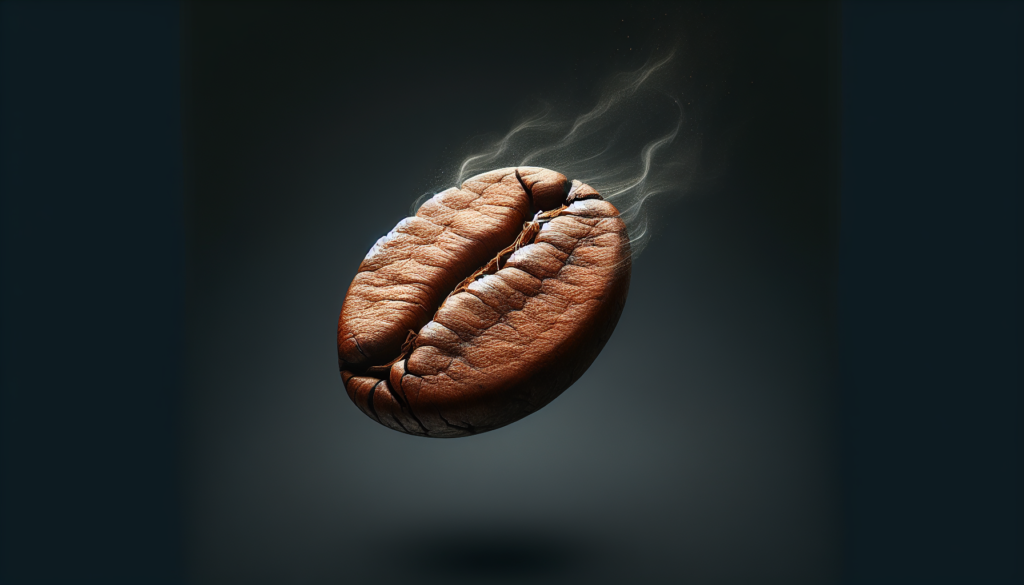
If you’re a true coffee aficionado, then understanding the impact of grind size on coffee flavor is crucial knowledge that cannot be ignored. Whether you prefer your morning cup as smooth as silk or full-bodied and robust, the grind size of your coffee beans plays a significant role in achieving that perfect balance. In this article, we will explore the fascinating connection between grind size and coffee flavor, unraveling the secrets that every coffee lover should know. So get ready to deepen your appreciation for that aromatic, caffeinated elixir and discover the key to unlocking the ultimate coffee experience.

1. Understanding grind size
1.1 Definition of grind size
Grind size refers to the coarseness or fineness of the coffee grounds used in the brewing process. It is typically determined by the grind setting on your coffee grinder. The grind size can greatly influence the extraction process and ultimately the flavor of your coffee.
1.2 Different grind sizes in coffee preparation
Different brewing methods require different grind sizes to achieve optimal results. For example, a French press requires a coarse grind size, while an espresso machine requires a fine grind size. Understanding the appropriate grind size for each brewing method is essential to achieve the desired flavor in your cup of coffee.
2. Influence of grind size on extraction
2.1 Importance of extraction
Extraction is the process of dissolving and extracting the flavors, oils, and compounds from the coffee grounds into the water. It is crucial for achieving a well-balanced and flavorful cup of coffee. The extraction process is influenced by various factors, with grind size being one of the most important.
2.2 How grind size affects extraction
The grind size directly affects the surface area of the coffee grounds exposed to water during the brewing process. Finer grind sizes have a larger surface area, allowing for faster extraction. On the other hand, coarser grind sizes have a smaller surface area, resulting in slower extraction. This difference in extraction time and surface area can contribute to variations in flavor and overall taste.
2.3 Optimal grind size for maximum extraction
Finding the optimal grind size for maximum extraction depends on the brewing method you choose. Generally, a medium grind size is considered ideal for most brewing methods, as it allows for an even extraction without over-extracting or under-extracting the coffee. However, it is essential to experiment and adjust the grind size according to your personal preferences and the specific characteristics of your coffee beans.
3. Impact of grind size on flavor profiles
3.1 Over-extraction and under-extraction
Over-extraction occurs when coffee grounds are exposed to water for too long or when the grind size is too fine. This can result in a bitter and unpleasant taste in your coffee. On the other hand, under-extraction happens when the water doesn’t have enough contact time with the coffee grounds, resulting in a weak and sour taste. Achieving the right grind size can help avoid these flavor imbalances.
3.2 Flavor characteristics of fine grind size
A fine grind size contributes to a stronger and more intense flavor profile. It enhances the extraction of oils and compounds that give coffee its richness and body. Fine grind sizes are commonly used in espresso brewing, as they allow for a higher concentration of flavors in a short amount of time.
3.3 Flavor characteristics of coarse grind size
Coarser grind sizes are associated with a lighter and milder flavor profile. They result in a brew that is less concentrated and has a smoother mouthfeel. Coarse grinds are typically used in brewing methods like French press and cold brew, where a longer extraction time is desired to bring out the subtle flavors of the coffee beans.

4. Brew methods and grind size
4.1 Impact of grind size on different brewing methods
Each brewing method requires a specific grind size to achieve optimal results. Using the wrong grind size can lead to under-extraction or over-extraction, impacting the taste of your coffee. Understanding the impact of grind size on different brewing methods is crucial for producing a flavorful and well-balanced cup of coffee.
4.2 Aeropress
The Aeropress brewing method is versatile and allows for experimentation with different grind sizes. A medium-fine grind is generally recommended for this method, as it allows for a balanced extraction. However, you can adjust the grind size according to your taste preferences and desired flavor profile.
4.3 French press
For a French press, a coarse grind size is ideal. The large surface area of the coarse grounds allows for a slower extraction process, resulting in a fuller-bodied and well-rounded cup of coffee. Using a finer grind size can lead to sediment in your cup and a bitter taste.
4.4 Espresso
Espresso requires a very fine grind size to achieve the rapid extraction needed for this brewing method. The finely ground coffee allows for a high-pressure extraction, resulting in a concentrated and intense flavor profile. Achieving the right grind size is crucial for producing a balanced and flavorful shot of espresso.
4.5 Pour-over
Pour-over brewing methods, such as the V60 or Chemex, require a medium-fine grind size. This allows for a controlled and gradual extraction of flavors, bringing out the nuanced characteristics of the coffee beans. Using a coarser grind size can result in under-extraction, while a finer grind size can lead to over-extraction and a bitter taste.
4.6 Cold brew
Cold brew requires a coarse grind size to achieve the desired flavor profile. The extended steeping time of cold brew allows for a gentle extraction, bringing out the smooth and low-acidity flavors of the coffee. Using a finer grind size can result in a bitter and over-extracted brew.
5. Adjusting grind size for desired flavor
5.1 Factors to consider when adjusting grind size
When adjusting the grind size, several factors should be taken into consideration. These include the brewing method, coffee bean origin and roast level, personal taste preferences, and water quality. Experimentation and fine-tuning of the grind size can help you achieve the desired flavor profile.
5.2 Achieving a balanced flavor profile
To achieve a balanced flavor profile, start with the recommended grind size for your chosen brewing method. From there, you can adjust the grind size slightly finer or coarser to fine-tune the flavor. Keep in mind that finer grinds will result in increased extraction and intensity, while coarser grinds will produce a lighter and more delicate taste.
6. The role of grind size in espresso
6.1 Importance of grind size in espresso extraction
In espresso extraction, grind size plays a crucial role in determining the shot’s extraction time, flavor balance, and overall quality. Due to the quick extraction process and higher pressure involved, finding the optimal grind size is of utmost importance to achieve a well-extracted and flavorful shot of espresso.
6.2 Espresso grind size recommendations
Espresso brewing requires a very fine grind size. This allows for a greater surface area and optimal extraction in the short amount of time the water is in contact with the coffee. Experimentation with grind size is essential to find the sweet spot that produces a balanced and flavorful shot of espresso.
7. Finding the ideal grind size
7.1 Experimenting with different grind sizes
Finding the ideal grind size for your taste preferences and brewing method often involves experimentation. Start with the recommended grind size and gradually adjust it to coarser or finer settings until you find the desired flavor profile. Keep notes of each adjustment to keep track of the changes in taste.
7.2 Evaluating flavor variations
As you experiment with different grind sizes, evaluate the flavor variations in your cup of coffee. Pay attention to the acidity, body, sweetness, and overall balance of the brew. Take note of any positive or negative changes in taste to guide your future brewing adjustments.
7.3 Seeking expert advice
If you’re struggling to find the ideal grind size, don’t hesitate to seek advice from coffee experts or baristas. They can provide guidance based on their experience and knowledge, helping you narrow down the grind size for your desired flavor profile.
8. Factors to consider for consistent grind size
8.1 Grinder quality and consistency
Investing in a high-quality coffee grinder is crucial for achieving consistent and accurate grind sizes. Cheaper grinders tend to produce uneven grind sizes, resulting in inconsistent extraction and flavor. Look for grinders with burr mechanisms that offer precise control over grind size and ensure consistency.
8.2 Burr vs blade grinders
When choosing a coffee grinder, opt for a burr grinder over a blade grinder. Burr grinders offer more control over the grind size and produce a more consistent and uniform particle size distribution. blade grinders, on the other hand, can create an uneven grind, leading to inconsistent extraction and flavor.
8.3 Importance of grind size calibration
Regularly calibrating your grinder is important to maintain consistent grind sizes. Over time, grinders can become misaligned or experience wear, resulting in changes to the grind size. Calibrating your grinder ensures that it is producing the desired grind size and allows for greater accuracy in your brewing process.
9. Other variables impacting coffee flavor
9.1 Coffee bean freshness and quality
The freshness and quality of the coffee beans greatly impact the overall flavor of your coffee. Using freshly roasted beans and storing them properly will ensure that you are getting the best possible flavor. High-quality beans with optimum freshness will allow for a more pronounced and enjoyable flavor experience.
9.2 Water temperature
The temperature of the water used for brewing also has a significant impact on the coffee flavor. Generally, temperatures between 195°F and 205°F (90°C and 96°C) are recommended for most brewing methods. Consistently using the correct water temperature will help achieve optimal flavor extraction.
9.3 Brew time
The brew time, or contact time between water and coffee grounds, affects the flavor extraction. Different brewing methods have specific recommendations for brew times, and adhering to these guidelines can help ensure the desired flavor profile. Experimenting with brew times can also allow for personalization and fine-tuning of the taste.
9.4 Coffee-to-water ratio
The ratio of coffee to water used in the brewing process can significantly impact the flavor intensity. Adjusting the coffee-to-water ratio can result in a stronger or milder cup of coffee. Finding the right balance will help achieve the desired flavor profile and strength.
10. Conclusion
10.1 Recap of the impact of grind size on coffee flavor
Grind size plays a vital role in determining the flavor profile of your brewed coffee. Finer grind sizes result in stronger, more intense flavors, while coarser grind sizes produce milder and lighter tastes. Achieving the optimal grind size based on your chosen brewing method and personal preference is crucial for a balanced and enjoyable cup of coffee.
10.2 Importance of understanding and experimenting with grind size
Understanding the impact of grind size on coffee flavor allows you to have greater control over the taste of your brewed coffee. By experimenting with different grind sizes, evaluating the flavor variations, and seeking expert advice if needed, you can fine-tune your brewing process to achieve a consistently delicious cup of coffee. Remember to consider other variables such as coffee bean freshness, water temperature, brew time, and coffee-to-water ratio to further enhance your coffee brewing experience. Happy brewing!